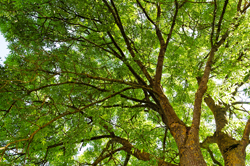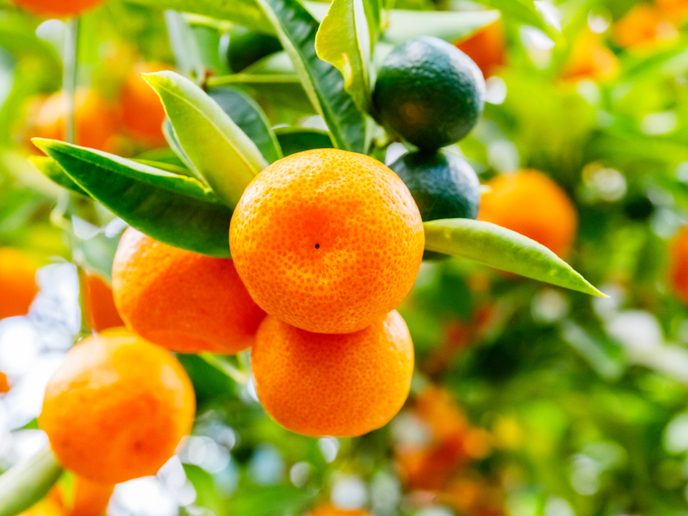Finding methods which induce flowering in ash trees
The RAP project, supported by the European Commission, set out to achieve the ambitious task of improving the productivity of the ash tree (Fraxinus). This was achieved through testing, selection, propagation and promotion of improved genetic resources. This began with the design of a trial of material from the European natural range. A provenance trial was established in six European countries. Once this was set up, the best populations and provenances were identified and selected. Following this, physiological, biochemical and physical treatments were optimised in order to positively affect micro propagation, flower induction and propagation by cuttings. As part of the project, scientists set to work to develop methods which could induce flowering in potted plants of ash trees. Firstly, withholding water and applying growth retardants including paclobutrazol were tested. It was discovered that a system of imposing regulated deficit irrigation on young seedling trees caused root drying which in turn affected shoot growth and flower bud formation. Various tests where carried out. One of the treatments applied to pot trees of seedlings in their sixth growing season was to apply water at the rates of 110\;%, 66\;% and 33\;% of their needs of total potential evapotranspiration. Secondly, flowering was also assessed in grafted plants in pots for 63 clones. Further tests comprised of the application of growth retardants in five different concentrations. This study showed that potted ash trees produced flowers and viable seeds. The methods developed to induce flowering therefore have important applications in breeding programmes.







